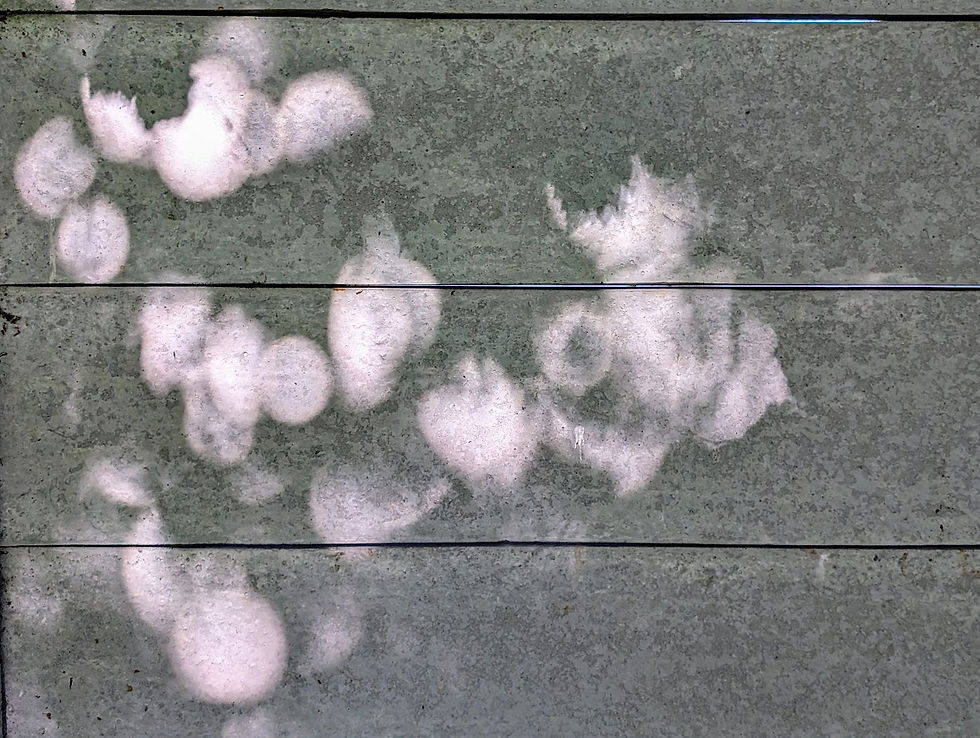Can Light Be the Main Subject in Photography?
- WildWillowWays

- 6 days ago
- 3 min read

When I read or listen to suggestions or guidance for getting the best composition in photography, I usually get the message that it is important to have a distinct subject in the frame, something that will draw the viewer’s eye and that is distinguishable from its surroundings elements.
I agree with this.
When I started photography, I tended to arrive at a location, point my camera in the direction of the best view, and take the shot. Most of the elements had equal weight which meant that the viewer had nowhere to focus.
I have since learned the error of my ways and I now begin by looking for an interesting subject to place within a good background and with some supporting elements.
But what if I am shooting in a boring place and most of the subjects are mundane?
Can I then use light to elevate a boring subject to something interesting and captivating?
Can Light become my subject?
I believe it can.
Most of the time we think of light as a tool. We talk of the different types of light we can use - front light, back light, side light - to enhance an already interesting subject. Most of us won’t want to take a photograph of an uninteresting subject yet if we are in an everyday location sometimes we don’t have a great choice of interesting subjects. In this case what if light itself became the subject to draw the viewer’s eye into the frame?

There are a few conditions required for light to work as a main subject.
Situations with good contrast between light and shadow will often work, such as corners, laneways or archways.



Patterns and shapes where the light creates strong shadows make interesting subjects, as do tree branches and leaves silhouetted against a bright surface.






Silhouettes of people or objects often make compelling images, but it is the light that creates the interest as the same scenario in flat light would not have the same effect. I made the following image in the early morning light. Later in the day it would not have been possible.

Sometimes we might find a patch of light and wait for a subject to walk into it. In this case the light and the subject work in tandem to create a pleasing image. While the subject may not be central, it does add interest to the overall image.


Below are some more examples where light turns an ordinary, dull subject, into something more interesting.











Have you ever considered making light your subject?






Comments